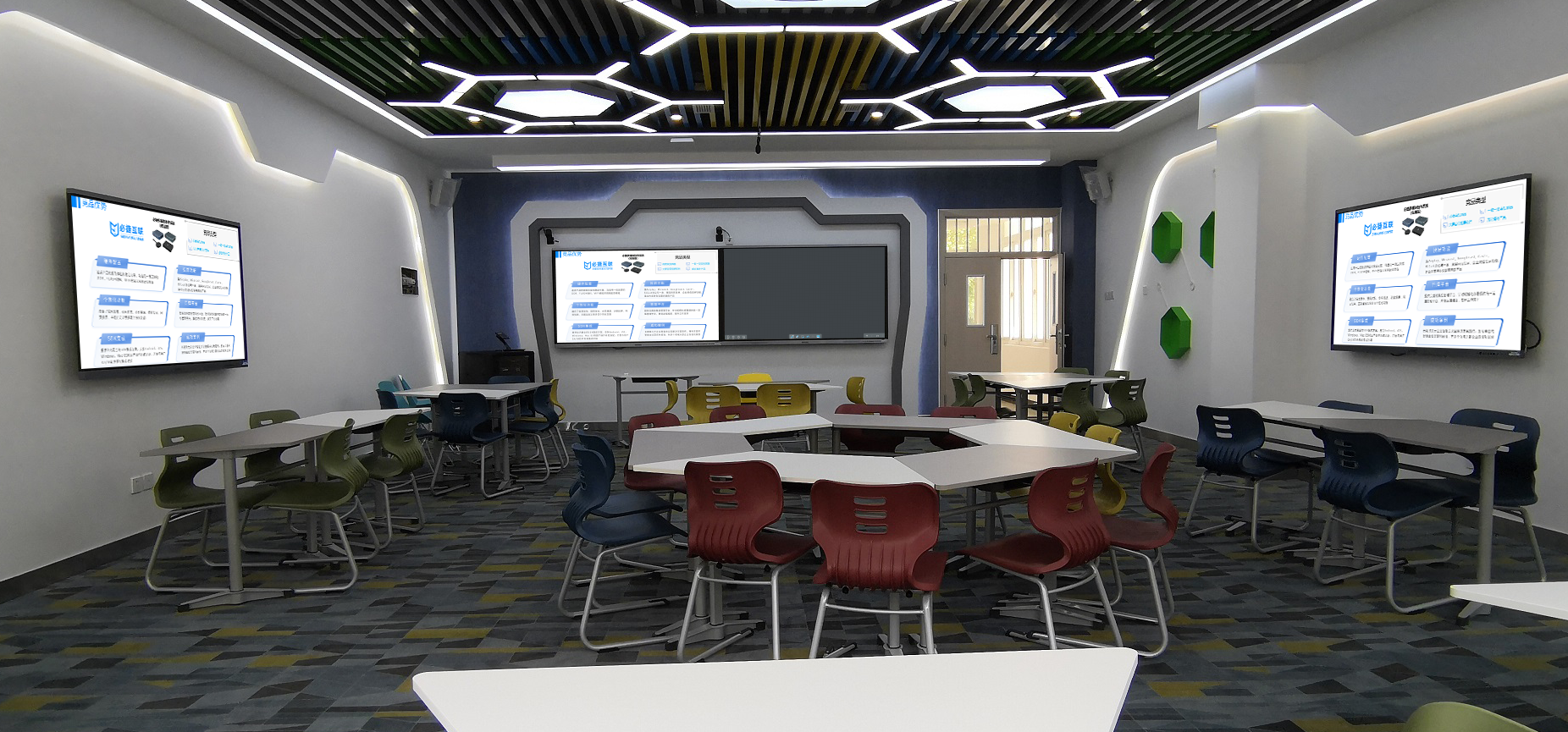The Magic of Screen Mirroring in Interactive Classrooms: Creating Engaging Lessons
In today’s era of rapid educational digitalization, interactive classrooms have become a key scenario in modern teaching, bringing a brand-new teaching experience to both teachers and students. As a core component of interactive classrooms, screen mirroring technology acts like a magical key—it unlocks a new world of classroom interaction, making teaching more vivid, engaging, efficient, and convenient.
Application Scenarios of Screen Mirroring in Interactive Classrooms
Screen mirroring technology has a wide range of applications in interactive classrooms:
- Teachers’ content display: Teachers can easily mirror lesson preparation materials (such as PPTs, documents, and videos) to the large screen. For history classes, they can mirror images of historical relics or clips of historical documentaries, allowing students to intuitively experience the charm of history. In math classes, screen mirroring helps clearly present complex geometric figures and problem-solving steps, enabling students to better understand mathematical knowledge.
- Students’ achievement sharing: Students can also mirror their learning outcomes (such as group discussion reports or individual assignments) to the screen. In English classes, for example, students can mirror their self-made English handwritten posters to the large screen, introducing the content and design ideas to classmates—this not only practices their oral English skills but also enhances their presentation abilities.
Composition and Functions of Screen Mirroring Systems in Interactive Classrooms
A screen mirroring system in interactive classrooms mainly consists of three parts: sender devices, receiver devices, and networks.
1. System Composition
- Sender devices: Typically smart devices used by teachers and students, such as mobile phones, tablets, and computers. These devices encode and send the content to be displayed.
- Receiver devices: Large-screen equipment in the classroom, such as smart TVs, interactive whiteboards, and projectors. They receive data from senders, decode it, and display the content on the large screen.
- Networks: Serve as a bridge connecting senders and receivers. Whether wired or wireless, the network must ensure stable and smooth data transmission.
2. Core Functions
- Multi-screen interaction: Supports simultaneous screen mirroring from multiple smart devices to the large screen, allowing up to 16 smart terminals to display content at the same time (with no restrictions on terminal types). Teachers and students can share screens together, facilitating group discussions and achievement presentations. For instance, in a Chinese reading class, different groups can mirror their understanding and analysis of the text to the screen simultaneously, enabling the whole class to discuss together and stimulate brainstorming.
- Reverse control for mirroring: After a teacher’s or student’s smart terminal is mirrored to the large screen, the teacher can reverse-control the sender device directly on the large screen (e.g., turning pages, scrolling content)—just as conveniently as operating their own device. This is especially useful for PPT presentations: teachers don’t need to return to the podium to operate the computer; instead, they can freely control the PPT progress while standing in front of the large screen.
Tips and Precautions for Using Screen Mirroring in Interactive Classrooms
Practical Tips
- Prioritize the 5GHz Wi-Fi band: To ensure stable mirroring, use the 5GHz Wi-Fi band. Compared with the 2.4GHz band, it offers higher bandwidth and less interference, effectively reducing mirroring lag.
- Optimize device performance: Before mirroring, close unnecessary background apps on mobile phones, tablets, or other devices to free up memory. This avoids unsmooth mirroring caused by insufficient device performance.
Key Precautions
- Pre-class testing: Always check device connections and network stability before class, and conduct a pre-test of screen mirroring. This ensures smooth mirroring during class and prevents teaching disruptions due to sudden issues.
- Copyright compliance: Pay attention to the copyright of mirrored content. Avoid using unauthorized content for screen mirroring to prevent copyright disputes.
- Troubleshooting for lag/latency: If lag or latency occurs during mirroring, try pausing the mirroring, reconnecting to the network, or adjusting device positions to improve the mirroring effect.
The Transformation of Interactive Teaching Brought by Screen Mirroring
The application of screen mirroring technology in interactive classrooms holds great significance for interactive teaching:
- Breaks one-way information transmission: It changes the one-way nature of information delivery in traditional teaching, enabling multi-directional interaction between teachers and students, and among students—making classrooms more dynamic. Students can participate more actively in discussions and presentations, enhancing their initiative and enthusiasm for learning.
- Vivid teaching content: Screen mirroring presents teaching content in a more vivid and visual way, boosting students’ interest in learning and their ability to understand, thus improving teaching effectiveness. By mirroring rich multimedia resources (such as videos and images), abstract knowledge becomes intuitive, complex concepts are converted into visual content, and learning difficulty is reduced.
- Facilitates remote teaching: Combined with remote video conferencing systems, screen mirroring enables blended online-offline teaching. This allows students from different regions to participate in the same class and share high-quality educational resources.
Screen mirroring technology in interactive classrooms has brought numerous conveniences and innovations to teaching, filling classrooms with fun and vitality. By using screen mirroring technology properly, teachers can create more efficient and interactive classes, provide students with a better learning experience, and contribute to the development and advancement of education and teaching.
